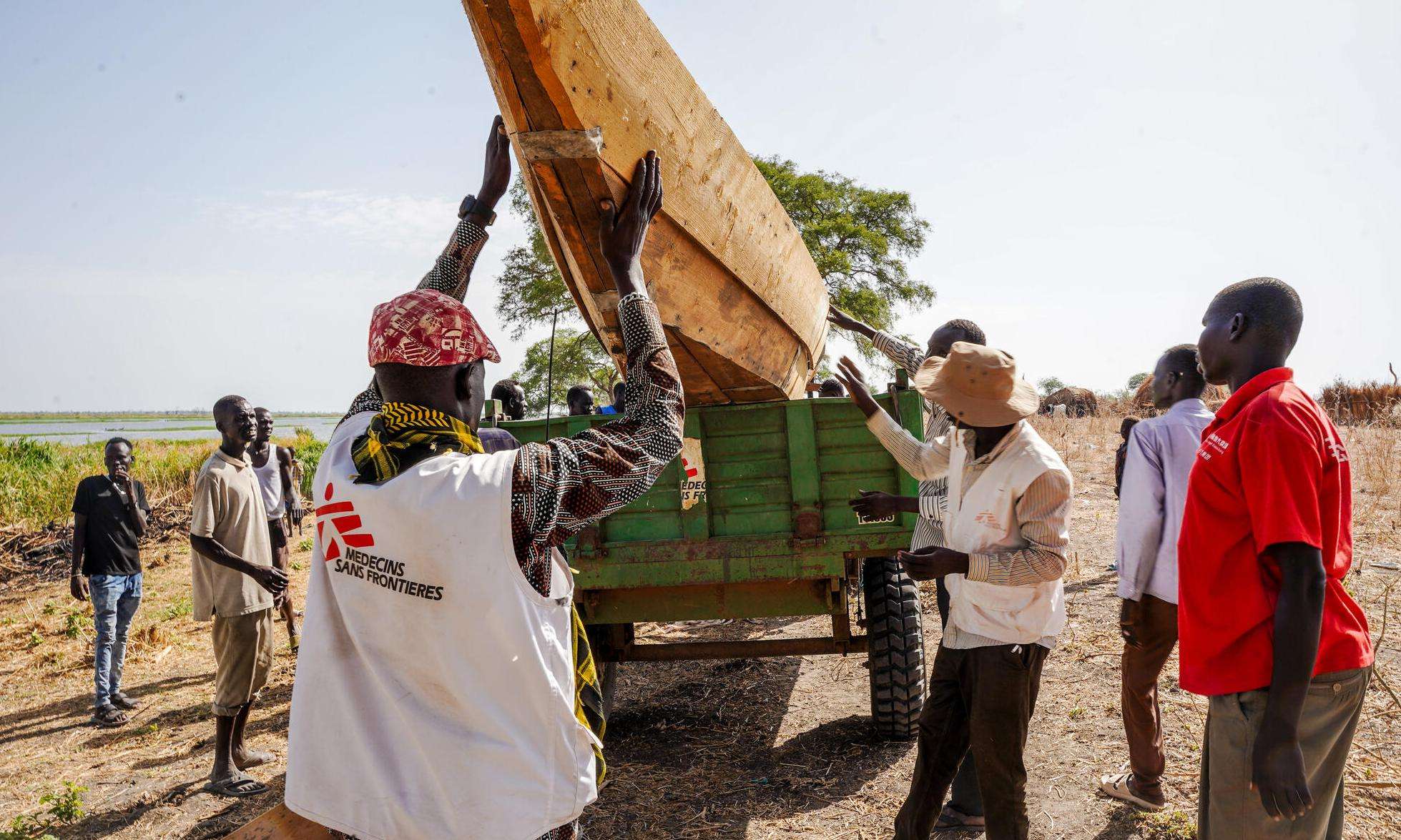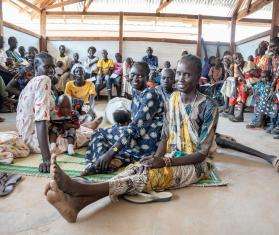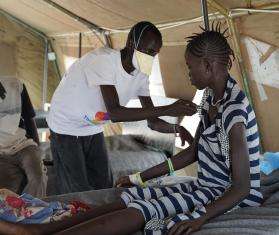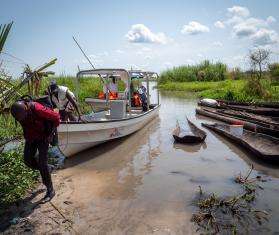In the village of Dentiuk, South Sudan, a wooden canoe creaks from the back of a tractor as it rumbles across the parched land. The driver turns to the Doctors Without Borders/Médecins Sans Frontières (MSF) staff member accompanying him, puzzled.
“Are you sure we are in the right place?”
It might not look like it, but when the rains come, all of that dry land will be covered with floodwater and the only way to get around will be by boat. The area is prone to flooding during the rainy season, which usually occurs from June to October. That's why the houses in Dentiuk are built on higher ground.
Dentiuk is one of 11 villages in Upper Nile state to which MSF recently donated canoes to help transport sick people and expectant mothers when floods cut off access to care. This year’s rains have not yet arrived, but seasonal forecasts and climate change projections point to difficult times ahead. In May, the UN predicted that recent heavy rains in the Lake Victoria basin, coupled with the El Niño event expected later this year, will cause severe flooding in South Sudan in the coming months.
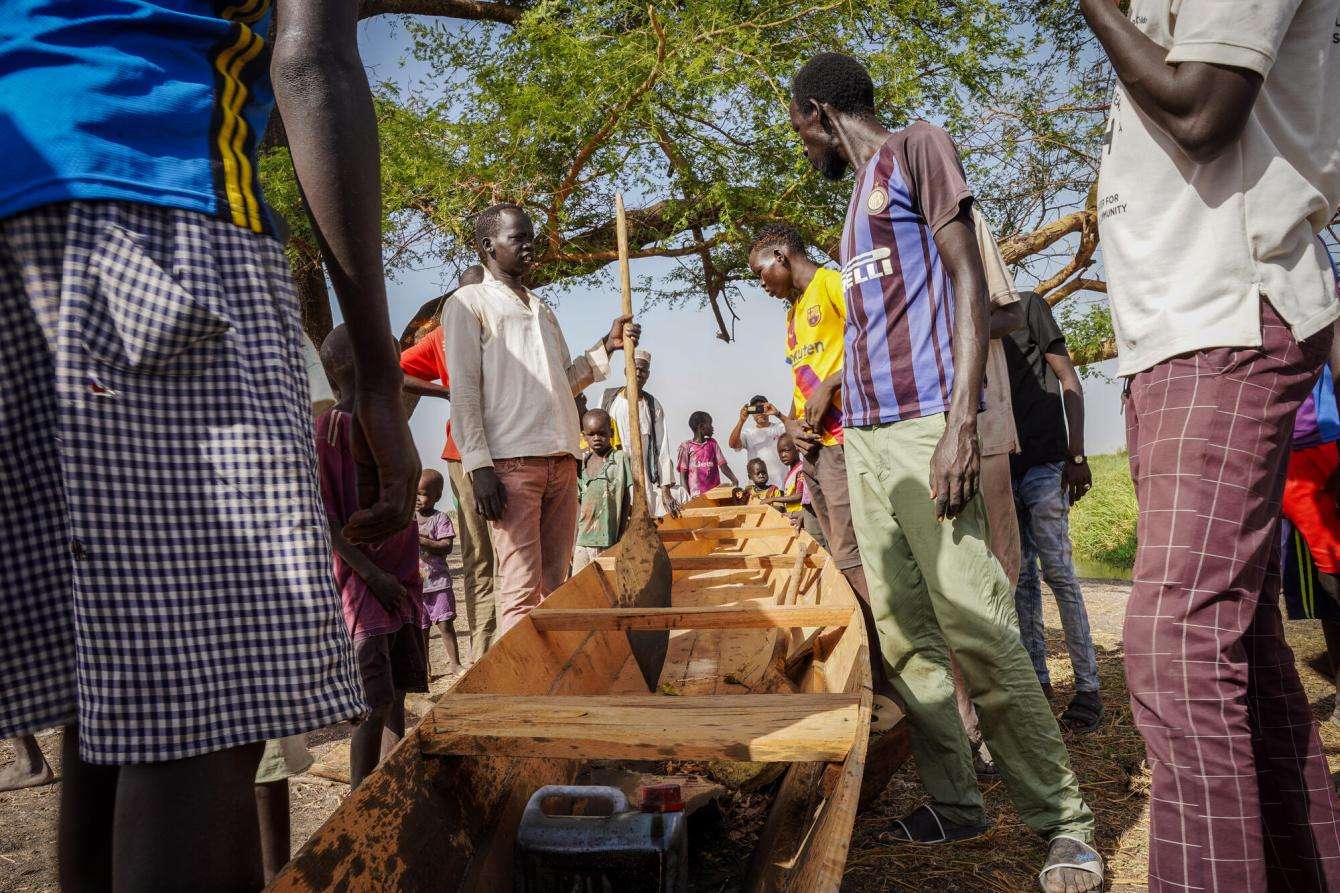
Climate change brings record-breaking floods
The young nation of South Sudan has seen the worst floods in the region over the past four years, exacerbated by climate change. During the rainy season, floodwaters have swept away entire villages, destroyed crops, drowned cattle, and severely damaged infrastructure, while forcing hundreds of thousands of people from their homes.
Last year, a record-breaking portion of South Sudan was covered in water, and in some places, the floodwaters have still not receded. In Bentiu, Unity state, a camp for displaced people is effectively an island protected by dykes, while some villages in Old Fangak, Jonglei state, are still under water.
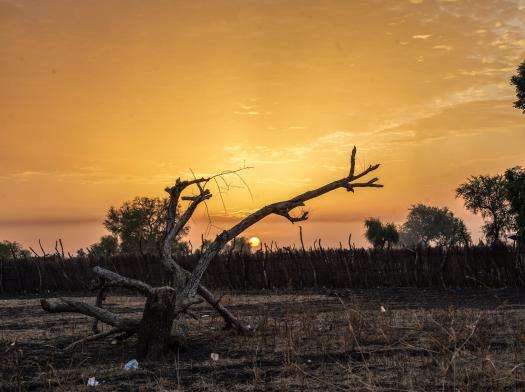
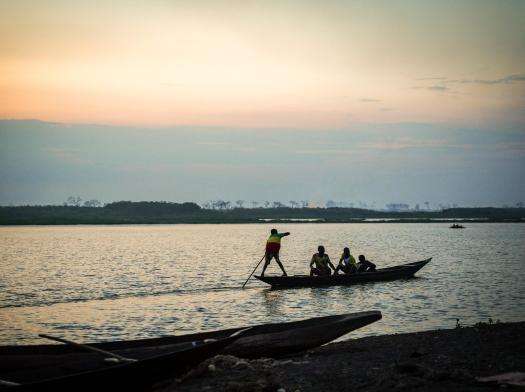
Despite the current dry landscape of Dentiuk, the area faces severe flooding during the rainy season. South Sudan 2023 © Paul Odongo/MSF
Entire communities cut off from medical care
Mary Abur Thon, 26, was displaced from her home in Peldiarowei, Upper Nile state, by floods last August. She fled with her husband, their two children, and their extended family to Akoka county, where the situation was marginally better.
“After heavy rains one night, the water kept rising and the children could not even walk,” she said. “We had no food, as all the land was covered in water. We walked for days to this place. Then we found it was flooded as well, but not as badly.”
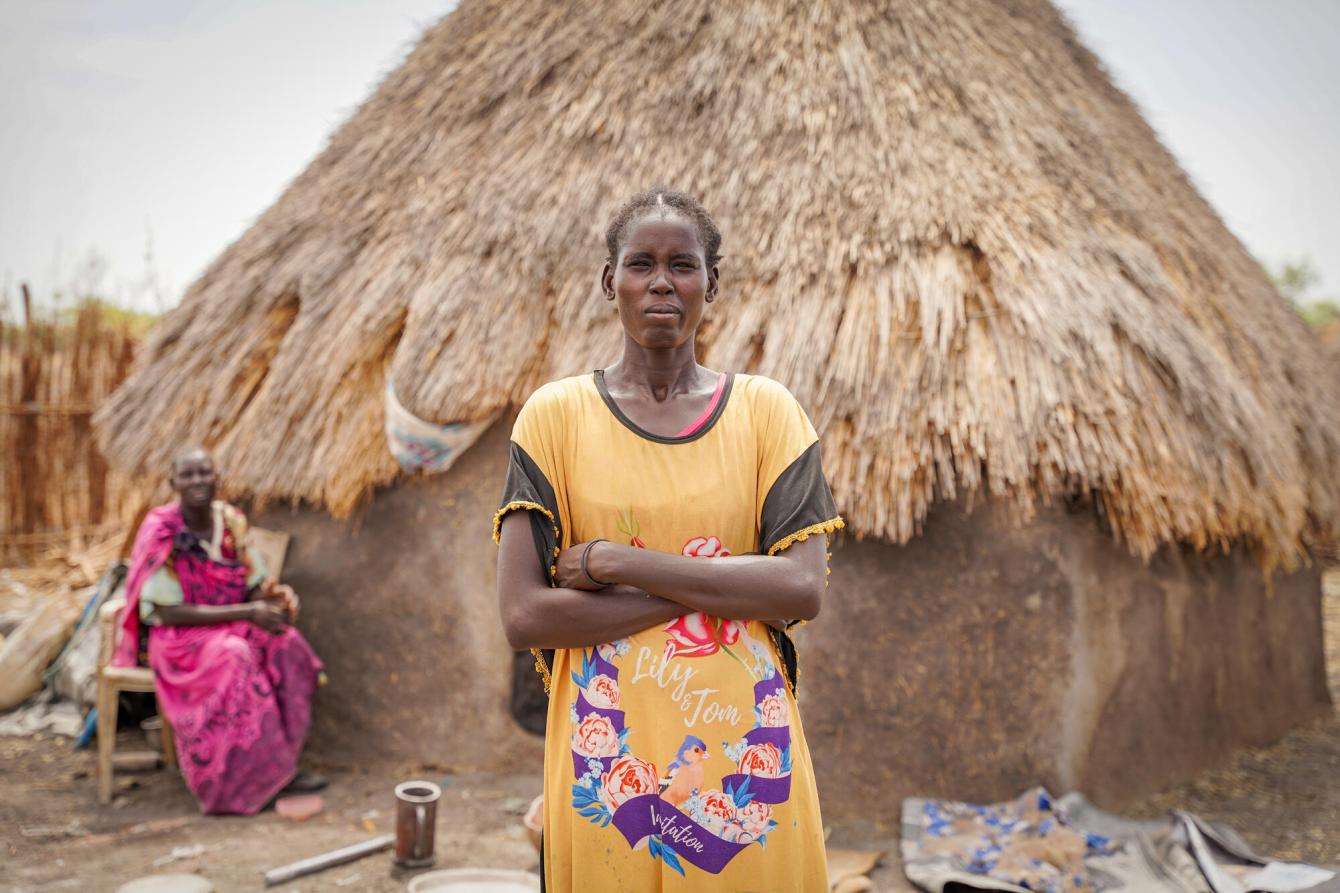
Floods can prevent communities from accessing medical care and food, isolating them in small, overcrowded areas devoid of infrastructure. The floodwater contaminates water sources, increasing the threat of waterborne diseases such as cholera and acute watery diarrhea, while infectious diseases spread quickly in overcrowded conditions. Those living outdoors—surrounded by stagnant water where mosquitoes breed, and without mosquito nets—face dramatically higher risk of contracting malaria, which is already the leading cause of death in South Sudan.
At the same time, the flooding of roads, bridges, and airstrips makes it more difficult for aid organizations like MSF to reach people in need.
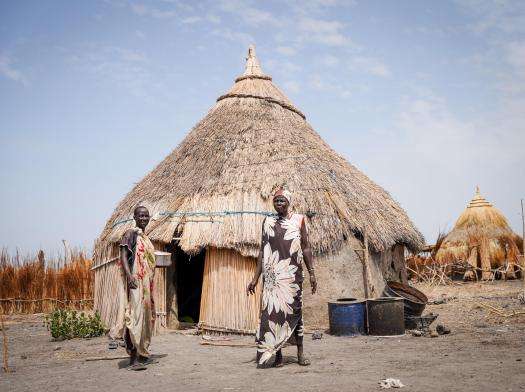
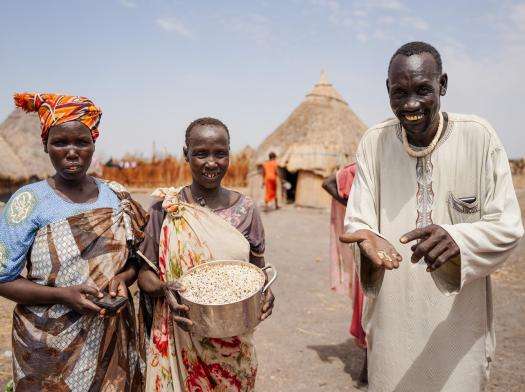
Floods often isolate areas with little to no infrastructure and prevent communities from accessing food and medical care during emergencies. South Sudan 2023 © Paul Odongo/MSF
How MSF is responding to the health risks of rainy season
“When people fall sick here, we have no means of transporting them to a place like Malakal, except by boat,” said Angau Biech, the chief of Aree village in Akoka county, which recently received a canoe from MSF. “Before, we had to hire boats for this, but now it will be easier for us to ferry people across the river to Kodok. Then MSF comes for them there.”
MSF teams have been helping communities prepare for this year’s looming floods and working to ensure they do not lose access to health care. This includes positioning medical supplies throughout the country and focusing on the most vulnerable areas—in order to make sure they are safely stored and readily available. The aim is to quickly contain any future outbreaks of malaria and other waterborne diseases, as well as infectious diseases.

To help communities provide the first line of care in emergency situations, MSF teams are also training key community members in remote areas on medical skills including basic first aid, advanced care, and assisting pregnant women in labor and delivery.
“Labor is not a process that can be slowed down once it starts,” said Dinatu, MSF’s midwife activity manager in Malakal. “But in some areas, the nearest health facility is often several hours away, and even farther during heavy rains and flooding. We are training traditional birth attendants in the villages to give them extra skills to support expectant mothers as they rush them to the nearest health facility.”

How climate change impacts health—and what we need to do about it
Read moreGiven the scale of flooding in the past four years, it seems that massive floods are a new reality for South Sudan. Addressing the myriad and complex challenges will require concerted efforts by authorities, donors, and the humanitarian community, to ensure people can access medical care and prepare for future consequences of climate change in the region.
